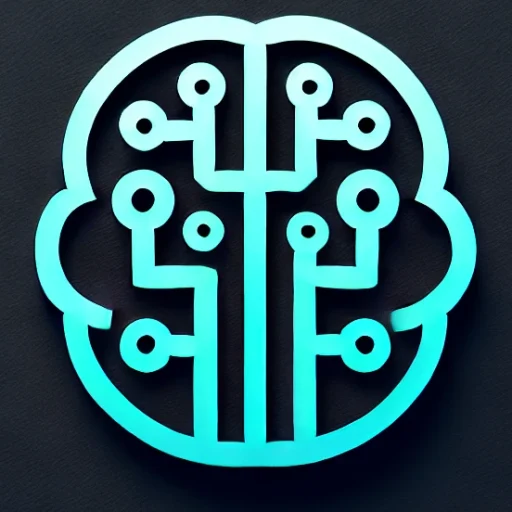
Introduction
In recent years, Generative AI has emerged as a transformative force in the world of artificial intelligence, capturing attention across industries for its ability to produce human-like text, images, and even music. Defined by its capability to generate new content from existing data, Generative AI is not just an exciting technological innovation; it represents a paradigm shift in creativity and problem-solving. As we delve into the landscape of Generative AI, it is clear why this topic has become one of the most significant in today’s digital era.
Key Insights & Latest Advancements
The concept of Generative AI became mainstream with the advent of Generative Adversarial Networks (GANs) introduced by Ian Goodfellow in 2014. Since then, it has witnessed exponential growth in its applications and capabilities. Notably, the development of powerful models like OpenAI’s GPT-3 and DALL-E has set new benchmarks. GPT-3, with its 175 billion parameters, powers a myriad of applications by understanding and generating human-like text. DALL-E, on the other hand, pushes the boundaries of visual creativity by generating intricate images from textual descriptions.
Recent developments also highlight the emergence of multimodal AI models, which simultaneously process text, images, and audio, further enhancing the scope and utility of Generative AI. These advancements enable the creation of more holistic and robust solutions, offering unprecedented opportunities for industries such as entertainment, design, and marketing.
Real-World Applications
Generative AI is already making its mark by revolutionizing traditional workflows across diverse sectors. In the entertainment industry, AI is being used to create original scripts, music compositions, and even entire virtual characters. The fashion industry leverages generative models to design cutting-edge clothing lines and predict upcoming trends. In healthcare, AI-driven models assist in drug discovery by simulating potential compounds’ effects at an accelerated pace, thus significantly reducing research and development time.
Moreover, Generative AI is enhancing user interaction in digital platforms, enabling personalized marketing campaigns and customer experiences. By understanding user preferences, businesses can generate content tailored to individual tastes, thereby increasing engagement and satisfaction.
Challenges & Future Outlook
Despite its promising potential, Generative AI presents several challenges. Ethical concerns regarding originality and ownership of AI-generated content remain a significant hurdle. The potential for misuse, such as generating deepfakes or producing misleading information, poses a substantial risk to digital integrity and trust.
Furthermore, the computational resources required to train and deploy these models are immense, raising questions about sustainability and accessibility. The future of Generative AI will heavily depend on innovations that address these challenges, such as developing more efficient algorithms and establishing ethical frameworks.
Nevertheless, as research and technology continue to evolve, Generative AI is poised to revolutionize numerous fields, pushing the boundaries of what machines and humans can create together.
Conclusion
Generative AI stands at the forefront of modern technological advancements, offering limitless possibilities that extend far beyond its initial scope. It is transforming industries by blending creativity with computational prowess, but it also necessitates a cautious approach to its ethical implementation. As we continue to explore this dynamic field, the key takeaways are clear: Generative AI is not just a tool but a catalyst for future innovations, demanding a diligent balance between creativity, ethics, and technology.
The era of Generative AI is here, and its impact is bound to resonate through every facet of our digital and physical worlds, shaping the future of creativity and beyond.

